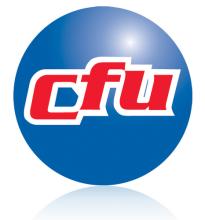Cedar Falls Utilities Tops PCMag Fastest ISPs List
This is the tenth year that PCMag has conducted its Fastest Internet Service Providers (ISPs) test, and it comes at a time when tens of millions more Americans across the country are working from home. This time, the results show two significant categories of winners — municipal networks and private-sector ISPs using publicly owned fiber or conduit — which says a lot about the state of high-speed Internet. Like last year, municipal networks and their private-sector partners, along with locally-owned providers, dominated the rankings.
PCMag’s methodology doesn’t seem to have changed much in 2020. Using a customized tool, the outlet tests ping, jitter, and per-second data throughput on the download and upload side of things. The results are weighted 80% towards download and 20% towards upload. From June 1st to June 2nd, 443,940 tests were completed, with the magazine ruling out non-U.S. benchmarks for a final aggregation of 358,358 tests. The minimum threshold to earn a place on the list is 100 tests, and PCMag breaks down the results in two major categories: Fastest Major ISP (those with at least a million subscribers) and Fastest Overall ISP. Read the full report here.

Cedar Falls Utilities Dominates



